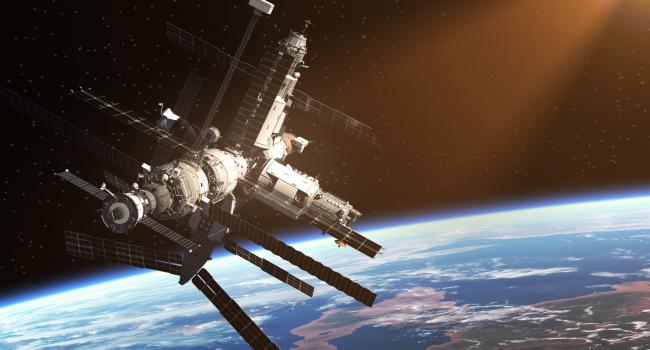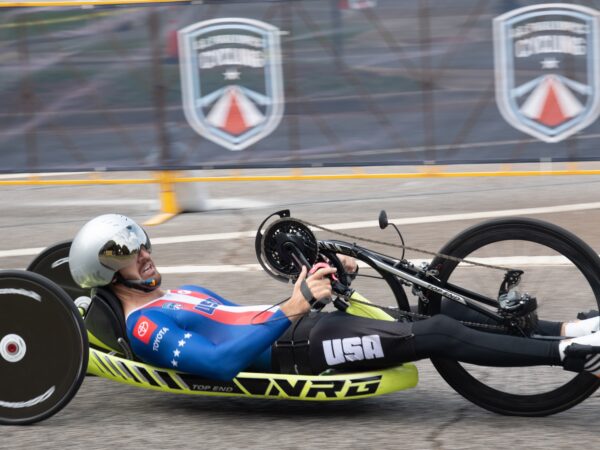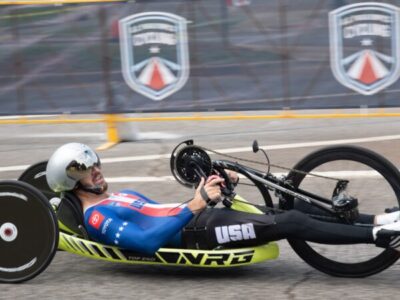
Dr. Bloomfield Discusses Astronaut Health For Future Mars Missions
Following the passing of a recent bipartisan bill allocating billions of dollars toward sending American astronauts to Mars, researchers have turned their focus toward preparation for the large undertaking. Professor & Associate Dean for Research Dr. Sue Bloomfield is looking into different health factors that will affect astronauts.
Sending humans to Mars has been a top priority for NASA for years. The timeline set by the Senate Committee on Commerce, Science, and Transportation aims to send astronauts on private rockets to the International Space Station (ISS) from American soil no later than 2018. Their goal will open the doors for future missions.
“Exploration has always been a human inclination and it’s a unifying effort that I think the nation will rally behind because it’s an exciting goal,” Dr. Bloomfield said. “Planning a manned mission to Mars represents a major investment in science and technology that can benefit earth-bound populations, too.”
Space travel is not without its challenges — especially when dealing with extended missions, said Dr. Bloomfield. Careful planning on all fronts must be taken into account including diet, exercise and health regulation.
Evidence shows that the long sojourns in space can significantly affect an astronaut’s body in different ways. Despite the assured presence of an onboard physician during future expeditions, astronauts must keep various health matters in mind in order to stay as fit as possible.
“People aren’t aware of the cardiovascular risks that can occur in space travel along with the extra radiation exposure caused by galactic cosmic rays (GCR). GCR exposure occurs in small doses as soon as an astronaut leaves the earth’s atmosphere. Prolonged exposure to this radiation while conducting activities on a planetary surface can be biologically damaging,” said Dr. Bloomfield.
To combat this, Bloomfield’s Bone Biology Laboratory is studying radiation effects on rats by exposing them to very low levels of radiation over 4-10 weeks and monitoring the impact on bone integrity; collaborating researchers will examine the impact on muscle and intestinal tissue.
Another key focus of NASA is physical performance capabilities in astronauts. Past studies showed that astronauts lose muscle mass, strength, and endurance after extended time spent in the weightlessness of space. This result, known as the microgravity effect, changes tissue and muscle performance and requires astronauts to compensate effectively in order to reduce the risk of injury.
Machines such as the Advanced Resistive Exercise Device (aRED) allow astronauts to perform resistance exercise training in space. Crewmembers train on the aRED nearly every day aboard the International Space Station (ISS).
“Crewmembers using this device have done much better in minimizing loss of bone density,” Dr. Bloomfield said. “This is based on the standard clinical assessment using Dual Energy X-ray Absorptiometry (DEXA).”
However, due to its size, an aRED is too large to fit inside of the space capsule design now designated for a mission to Mars, according to Dr. Bloomfield.
“In space, astronauts tend to lose about 1% of bone density per month, so proper exercise is crucial in addition to consuming enough calories,” she said. “Coming up with a resistance training device that’s smaller is a challenge.”
Physical conditioning must be supplemented with proper nutrition. A balanced diet including adequate caloric intake, must be consumed each day with added vitamin D supplements, said Dr. Bloomfield.
“For an exploration mission to Mars, NASA must provide a three-year supply of food for six people,” she said. “This implies a need for growing food in a self-sustaining environment during long missions, which will also require proper training.”
As NASA continues to find solutions to the many questions regarding a human mission to Mars, the level of optimism remains high. Reminiscent of the Space Race of the fifties and sixties, this groundbreaking research will showcase another frontier in human achievement.
“People may question why we need to have humans on Mars. Many of us who are space enthusiasts see a lot of extra value in man’s presence on Mars over robots in flexibility, problem solving, and also establishing the concept of whether humans can survive in that challenging environment,” Dr. Bloomfield said. “Working to solve the biomedical challenges facing humans for these long-duration missions is an exciting thing to be a part of; it will be worth the tremendous effort with big pay-offs for human health on earth.”
Written by Justin Ikpo (sehdcomm@tamu.edu)
For media inquiries, contact Ashley Green.














